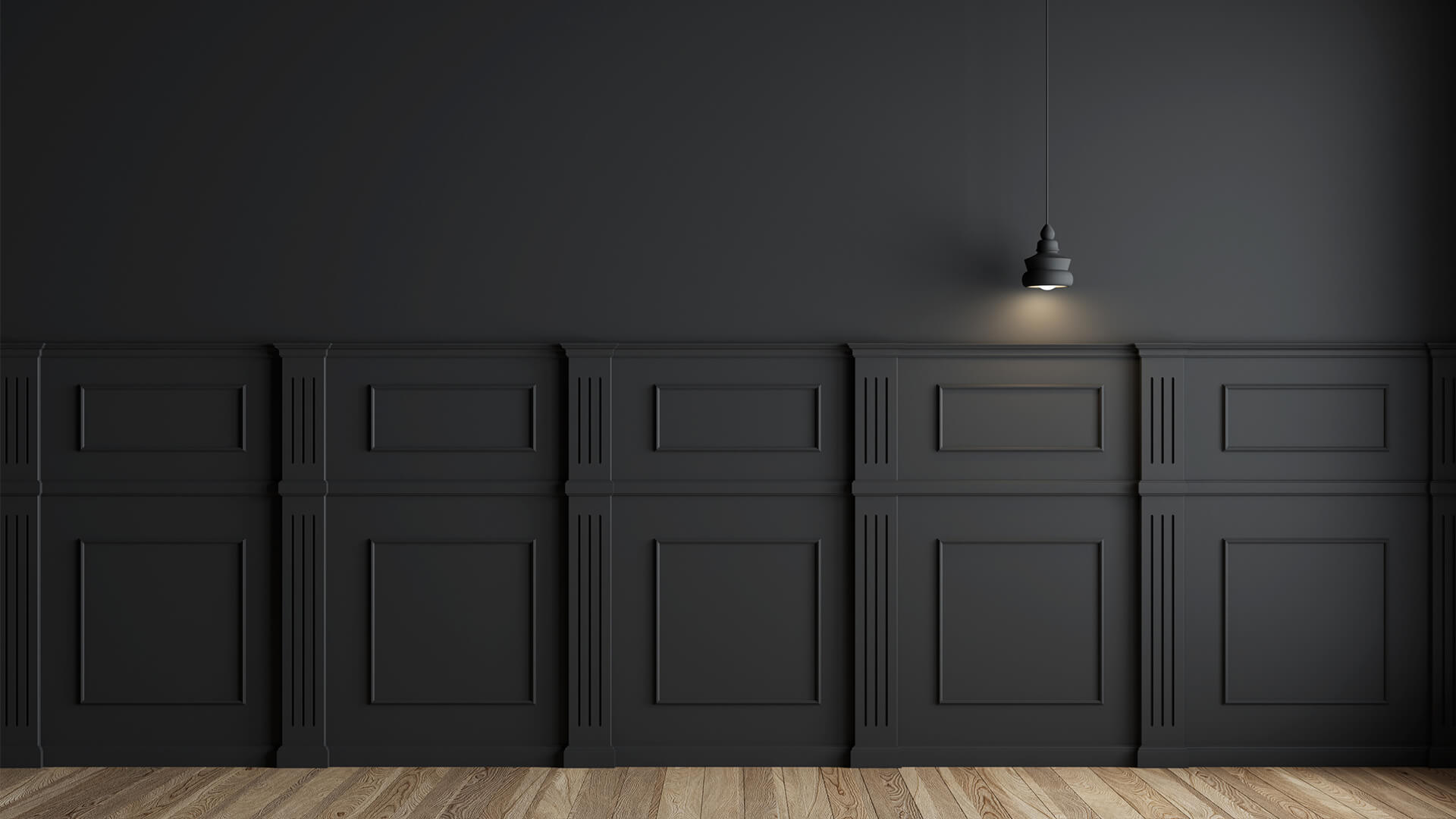The majority of the population is adopting sustainable wood wall panelling for their spaces. Are you wondering what the hype is all about? Do you want to learn about sustainable wood wall panelling? Then you’re in the right place. This article will give you insight into this type of wall finish. Read on!
What Is Sustainable Wood Wall Panelling
A wood wall panel is a finish done on walls instead of the standard painted walls.
The sustainability aspect of wood wall panelling depicts that the wood used is environmentally friendly. This is because it’s biodegradable and is believed to be one of the materials that have the least impact on the environment during its whole manufacturing process.
What Are the Types of Wood Wall Panelling
Shiplap is one of the common wood wall panels you’ll encounter in your search. It’s installed as thick panels, about seven inches, put in place horizontally. To bring out this design, use it on a big portion of your home, such as three of your living room walls. To add to the uniqueness of this design, you can paint it with the color of your choice. White is always the most sought color for this kind of wood panel.
Plank walls are another type of wood wall panel. Just as the name suggests, it’s made of planks of wood. These planks can be placed horizontally, vertically, or diagonally, all to your preferred pattern. You can also mix up these patterns to incorporate all three. To bring out the beauty of this wall panel, try and use the same width sizes for a uniform look. However, when it comes to the length of the panels, you can use different sizes to your liking.
There are many other types available; check this design guide for more insight.
Which Areas of Your Home Are They Best Used
You can use wood panels on all the walls of your home, from the living room to the kitchen to the bathroom.
You can incorporate it in various ways, not necessarily on a whole wall from top to bottom. Install it on the upper half of your kitchen walls. During installation, aim at ensuring the wood panel stands out and is the center of attraction to the given space.
As you choose the location of the panels, refrain from installing them in areas where they’ll be in direct contact with water. This is especially in your bathroom. Wood tends to absorb moisture, leading to deterioration through rotting. Therefore, don’t use it inside your shower.
To ensure the durability of your wood panel in wet spaces, you can make them waterproof. Do this by applying linseed oil or using a sealant such as a varnish or staining their surfaces.
What Are the Benefits of Using Wood Panels
Wood is a durable material on its own, provided you take care of it accordingly. Consider using treated wood wall panels instead of normal wood. Treated wood adds to its durability by protecting it from attack by termites or other insects that feed on wood.
Your wood wall panel will offer your home great thermal insulation. This characteristic is attributed to its low thermal conductivity. It’ll also not allow for air leakages if it’s properly installed. With this, you don’t need to invest in an HVAC unit, and if you do, your energy bills will be low.
Wood panels also give your home great sound insulation. This is because of its thickness, which ‘swallows’ any sound that passes through it.
How Do You Maintain Them
The basic maintenance tip is to keep your wood wall panel away from water. This also includes cleaning it with water.
You can use a heavy cloth to buff off this surface to remove dust and keep it shiny when it comes to cleaning. Also, use a damp cloth occasionally to wipe the surface. Alternatively, there are cleaning solutions that you can use, meant for wooden surfaces.
With time, your wood panel is likely to lose its luster. All that’s needed is sanding and polishing. Call a professional to do the polishing to bring back the glory of your wood.
If cracks develop on its surface, use wood putty to fill them up. Use one that matches the overall stain of your wood wall panel.
Conclusion
As seen, there’s so much to sustainable wood wall panelling. All this information has given you some of the significant aspects surrounding this panel that’ll help you make a decision on the next finish for your walls.

































